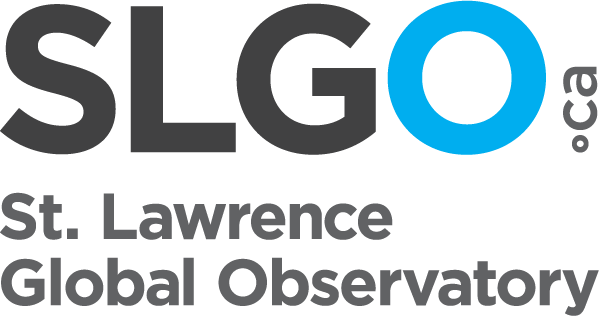Fisheries and Oceans Canada Quebec Region (DFO-Qc) conducts a multidisciplinary scientific bottom trawl survey in the estuary and northern Gulf of St. Lawrence (NAFO areas 4RST) every year since 1978. Survey data are collected following a stratified random sampling with a bottom trawl. The main objectives are to examine spatial and temporal changes in the distribution and relative abundance of fish and their assemblages and biological parameters of commercial species. Over the years, this survey has been conducted aboard five vessels: the MV Gadus Atlantica (1978-1994), the MV Lady Hammond (1984-1990), the CCGS Alfred Needler (1990-2005), the CCGS Teleost (2004-2022) and since 2022 the CCGS John Cabot. The objectives, the protocols, the identification of species as well as the trawl used during the various surveys changed over time. The data are therefore not directly comparable between these surveys. Comparative analyzes were carried between vessels and conversion factors are available for a number of species. Contact the team for more information.
Survey description
Annual summer bottom trawl surveys are conducted in the Estuary and northern Gulf of St. Lawrence in August. Approximately 200 sampling stations are randomly attributed in depth-based strata, ranging from around 40 m near the shores to close to 500 m in the deep channels. This data constitutes a DarwinCore version of the data collected from 1990 to 2005 onboard the CCGS Alfred Needler. At each sampling station, a URI shrimp trawl (81'/114') is towed for 25 minutes on the bottom at each sampling station. Physical oceanographic data are also collected at most stations using CTDs attached to the back of the trawl, a rosette and a zooplankton net. This dataset includes presence and biomass information for fish and invertebrates species at the survey station locations.
Data collected onboard the CCGS Teleost (2004-2005) are also available on SLGO
Taxonomic coverage
Principally demersal fishes and benthic epifaunal invertebrates, with captures of pelagic taxa also presented, and excluding seaweed (algae)
The data can also be found on OBIS



